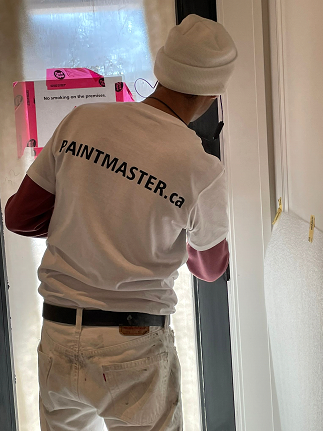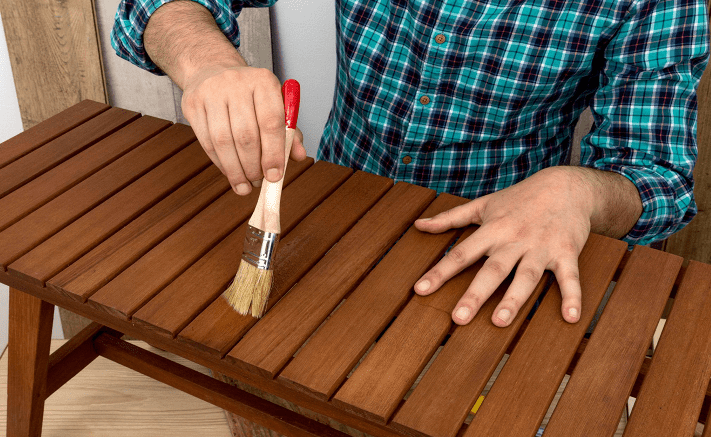Wood Restoration: Restoring the Beauty and Longevity of Wood
Wood is a lovely and helpful material that has been employed for centuries to make cabinetwork, structures, and other objects. Wood can still weaken over time due to exposure to humidity, sun, insects, and other elements. As a result, the wood may appear worn and damaged, which can dock its lifetime as well as lower its aesthetic value. Fortunately, wood restoration methods can help wood regain its aesthetic appeal and robustness.
What is Wood Restoration?
Wood restoration is the process of restoring damaged or deteriorated wood to its original or better state. Simple cleaning and refinishing to more involved repairs like filling, repairing, or replacing damaged components are all possible with wood restoration procedures. Wood restoration can be done on a range of wooden surfaces, including furniture, flooring, decks, and structures, to enhance the wood’s look, toughness, and longevity.
Understanding Wood Degradation
It’s essential to understand the reasons for wood degradation before digging into the strategies for wood restoration. Many factors can cause wood to deteriorate, such as:
- Exposure to moisture
- Sunlight
- Insects
- Fungi
Wood Restoration vs. Replacement
Replacement and restoration are two methods for dealing with harmed or deteriorated wood. Existing wood must be repaired and rejuvenated to maintain its beauty and increase its longevity. Due to the ability to preserve the original materials, this is a feasible and ecologically responsible choice.
On the other hand, replacement entails removing damaged timber and adding fresh materials. This may be essential if the wood needs to be adequately recovered or if significant damage or decay occurs. Yet, as replacement calls for fresh materials, it can be more expensive and have a more significant impact on the environment.
Wood Restoration Techniques
Cleaning wood surfaces
It helps relieve contaminations like dirt and smut that may have accumulated over time. A gentle encounter, cleaner and water, or a professional wood cleanser can be used to negotiate this.
Finishing wood
Before applying a fresh finish, it is vital to remove any peeling or cracked finishes applied to the wood. Sandpaper or a chemical stripper can be used for this.
Repairing wood
It can be restored using wood fillers, epoxy, or other specialized repair solutions if it has cracks, splits, or different sorts of damage.
Wood staining and finishing
Staining the wood can enhance its inherent beauty and aid in restoring its color. Adding a protective finish, such as wax, lacquer, or varnish, can also aid in preventing further harm to the wood.
Common Tools and Materials Used in Wood Restoration
Sandpaper
It is used to scrape off old paint or finishes from wood surfaces. After the wood has been peeled, the surface is also smoothed using it.
Paint scraper
Use a paint scraper to remove paint, varnish, or other finishes from wooden surfaces.
Paint thinner
By dissolving paint and other coatings, paint thinner makes removing them from the wood simpler.
Wood cleaner
Filth, grime, and other debris can be removed from wood surfaces. Also, it is employed to get the wood surface ready for painting or staining.
Wood filler
Wood filler is applied to the surface of the wood to cover cracks, holes, and other flaws. Prior to using a new finish, the surface is also leveled.
Stain
Wood stains are applied to give the wood color and enhance its natural beauty.
Wood Sealer
It protects from moisture, UV rays, and other potentially damaging environmental elements.
Brushes
Paint, stain, and other finishes are applied to the surface of the wood.
Rags
After the wood surface has been sanded, cleaned, or stained, rags are used to wipe it off.
Sanding block
Use a sanding block to sand the wood surface evenly and prevent uneven sanding.
Power Sander
An electric equipment is usually used to swiftly and effectively sand vast expanses of wood.
Tips for Effective Wood Restoration
To ensure effective wood restoration, it’s important to follow these tips
Choose the Right Restoration Technique
Different restoration methods may be needed depending on the type and extent of damage. It’s important to assess the damage and choose the applicable technique.
Use Proper Tools and Equipment
Some restoration ways, similar to chemical stripping or sanding, can release dangerous smothers or patches. It’s vital to wear defensive gear like gloves, goggles, and masks to avoid injury.
Proper Safety Precautions
Some restoration ways, similar to chemical stripping or sanding, can release dangerous smothers or patches. It’s vital to wear defensive gear like gloves, goggles, and masks to avoid injury.
Maintenance After Restoration
Once the restoration process is complete, it’s important to maintain the wood duly to help unborn damage. This can include regular cleaning and waxing.

Get your Wood Surfaces Fully Restored Today with our Professional Services!
If you want to make your wood project seem better, take action today to enhance the appearance of your wood project with PAINTMASTER.ca assistance. Get started on your wood staining job by contacting us today, and let our professional experts guide you through the process. Feel free to visit our website https://paintmaster.ca/ to learn more about our unique services!
| 2023 HomeStars Award Winners | Official Drywall Contractors For The 2023 Princess Margaret Dream Muskoka Cottage Lottery | Painting Specialists At Work Since 1966 |

